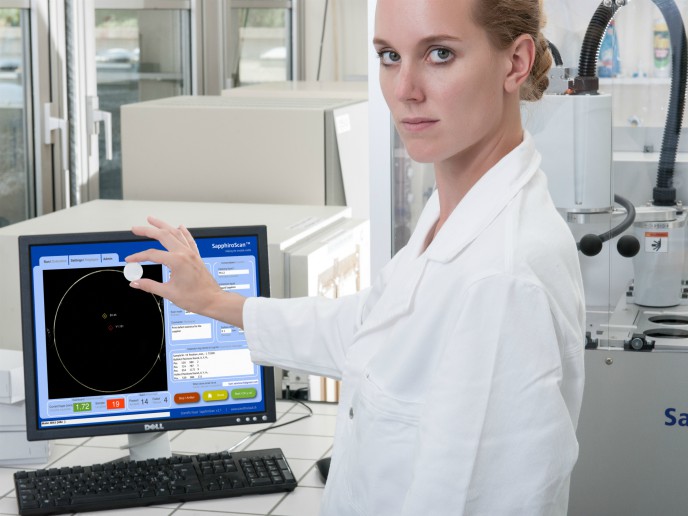New physics and applications of polaritons
Polaritons combine the best features of photonic and excitonic systems, and thus the possibility of qualitative improvements in terms of scalability, reduced power of operation and speed in logic devices. The unprecedented potential of these half-light-half-matter quasiparticles stems from their inherent light-matter duality. The EU-funded Initial Training Network (ITN) CLERMONT4(opens in new window) (Exciton-polaritons in microcavities: Physics and devices) aimed to train a new generation of researchers to develop devices based on polaritons in semiconductor cavities. It followed the same line of research as a series of ITNs, starting in 1999 with the project CLERMONT. Work carried out within CLERMONT4 focused on the realisation of prototype polariton devices. Specifically, the network's goal was to design, fabricate and characterise electrically pumped polariton lasers, micron-sized optical parametric oscillators, optical logic gates and cavity-based emitters of entangled photonic pairs. Polaritons are mixed light-matter particles that arise from the strong coupling between photons and excitons in a micrometre-sized cavity with embedded quantum wells. Their excitonic component results in strong polariton-polariton interactions, giving rise to nonlinearities. Not surprisingly, these quasiparticles are expected to bring revolutionary changes in optoelectronics through an entirely new mechanism for the control of devices with light. The new physics introduced beyond that seen in other macroscopically coherent systems also provides a unique environment for training in polaritonics. CLERMONT4 supported the research of extraordinary quantum coherent phenomena demonstrated by polaritons at very high temperatures. Among the many and exciting findings is the formation of gap solitons bound to the potential created by a reservoir of uncondensed excitons. Gap solitons bound to each side of the excitons' reservoirs hybridise into symmetric and anti-symmetric linear combinations. More importantly, polaritons were found to condense spontaneously into either of these states, depending on the excitation conditions. Moreover, the scientific know-how gained within CLERMONT4 provided 50 young researchers with working opportunities in academia and the polaritonics sector. A number of fellows found a professor position before the end of the ITN's four-year lifetime.





